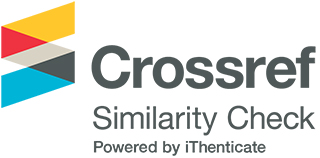A.I. & Adult Education in Greek Second Chance Schools: A Blessing or a Curse?
DOI:
https://doi.org/10.33422/jelr.v4i1.937Abstract
Artificial Intelligence (AI) has begun to integrate into educational institutions globally and has garnered significant attention, shown by the Second Chance Schools (SCS) in Greece. Second, Chance Schools (SCS) play a vital role in providing individuals the opportunity to get their primary educational qualifications, therefore enhancing their technical and professional abilities to improve their work prospects. The AI offers potential prospects, including customized learning experiences, enhanced access to educational materials, and streamlined administrative procedures. These technologies address the diverse requirements of adult learners in SCS, who possess differing degrees of technical proficiency and encounter socio-economic challenges. The use of AI raises numerous significant concerns. Ethical issues, the digital divide, and data protection exemplify its effective implementation. Moreover, excessive reliance on AI and the eradication of human presence in the educational system may pose problems, since the human element is essential for providing emotional support and direction to adult learners. This research thoroughly examines the dual impact of AI on Greece's Second Chance Schools (SCS). It examines its potential as a transformational instrument and source of challenges. It underscores the need of meticulous implementation techniques that prioritize ethical principles, equality, and a harmonious balance between human interaction and technology, ensuring that AI serves as a beneficial tool rather than a detriment to adult education.
Downloads
Published
Issue
Section
License
Copyright (c) 2025 Avraam Sachpatzidis

This work is licensed under a Creative Commons Attribution 4.0 International License.











